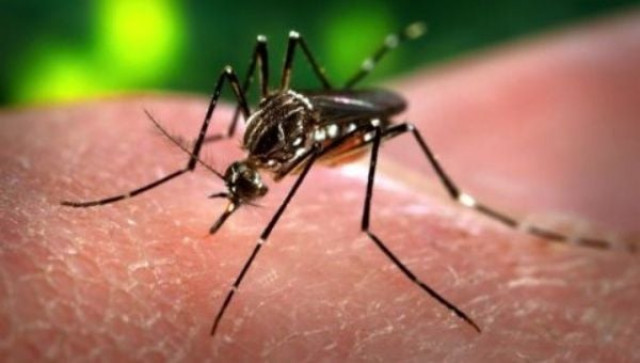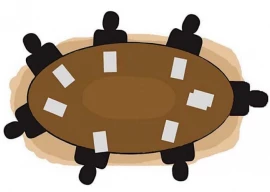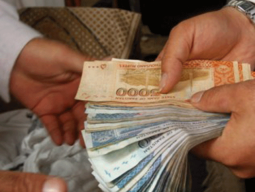
The nine-member team will hold meetings today [Tuesday] with stakeholders and also visit disease stricken areas in Karachi before coming up with a plan on Thursday.
The implementation of intervention methods will prove to be effective and the outbreak can be reduced with relatively lower outbreak during the next transmission season compared to earlier, said Karachi Health Director Dr Muhammad Taufiq.
Spreading awareness: ‘Prevention is the best defence’
He added that the technical help of experts belonging to international organisations was sought since the prevalence of the disease has exceeded a few months. According to Dr Taufiq, the WHO team will visit Saudabad, Malir, Orangi, Bin Qasim Town, the coastal belt of Karachi and other areas if necessary.
The WHO team will conduct epidemiological investigations of the outbreak, both at health facilities and a community level. A team of entomologists from the WHO’s Regional Office for the Eastern and Mediterranean, provincial dengue control programme and health department will conduct a detailed entomological survey in the affected towns confirming the distribution and abundance of aedes aegypti, a yellow fever mosquito, in all towns investigated, remarked WHO’s Head of Office, Sindh Dr Sara Salman.
In December, 2016, an outbreak of unknown fever causing joint pains was reported in Karachi, which was later confirmed to be chikungunya and spread through the bite of infected aedes aegypti mosquitos. From December 19, 2016 to April 4 this year, a total 1,419 suspected cases of chikungunya have been registered using the following WHO recommended case definition.
KMC kicks off fumigation campaign in Karachi
"A person with acute onset of fever of 102° Fahrenheit and severe arthralgia or arthritis not explained by other medical conditions and who resides or has visited epidemic or endemic areas within two weeks before the onset of symptoms," explained Dr Salman.
According to her, cases were reported from all parts of Karachi and the highest numbers of cases were reported in Malir, with 659 incidences of chikungunya reported. This was followed by 286 in Keamari, 260 in Bin Qasim and 139 in Orangi.
She said the WHO country office and provincial heads of offices discussed the issue and it was decided to support to provincial health department and municipal administration to control outbreak.
Chikungunya engulfs coastal belt of Karachi
The objective of the mission is to investigate the outbreak and submit a short-term plan of action through the epidemiological investigation of the reported outbreak and develop a detailed plan of action by organising meetings with the provincial and district health authorities and brief them on the issue.
Karachi was the first hit by the dengue outbreak between 1994 and 1995, followed by the resurgent outbreaks of dengue fever that spread across the city in 2015. Since then dengue cases have been reported continuously from the city.

















COMMENTS
Comments are moderated and generally will be posted if they are on-topic and not abusive.
For more information, please see our Comments FAQ